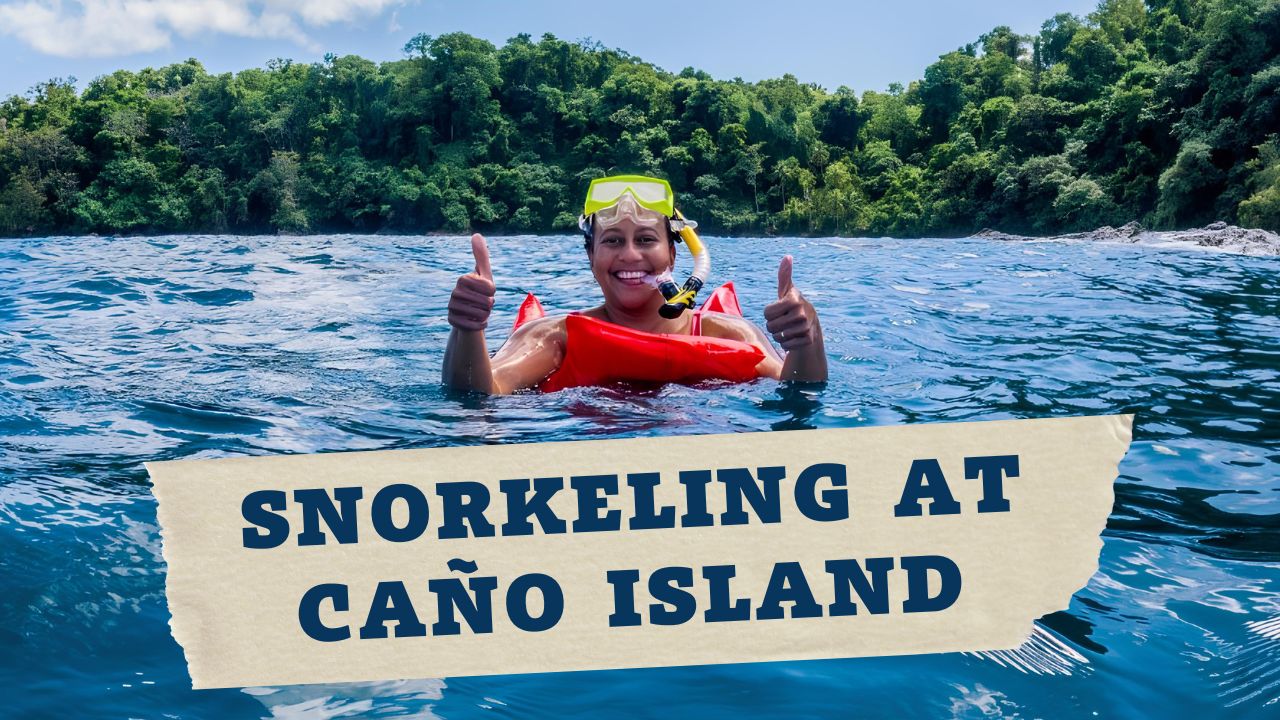Thinking about snorkeling in Costa Rica? Exploring the underwater wonders of Costa Rica through snorkeling is an exceptional suggestion for a memorable trip and an enjoyable day outdoors. Costa Rica’s underwater realm offers an abundance of diversity, ensuring an extraordinary experience. The best part is that you don’t need to venture into the depths to witness this beauty. Including this activity in your Costa Rican itinerary is an absolute necessity. However, it’s important to know the finest destinations and the steps to arrange this adventure.
How can you be confident that we possess sufficient knowledge about snorkeling in Costa Rica? Allow me to assure you that we operate one of the most prosperous dive centers in the country. If we were not well-informed, clients would not seek our services. While we primarily arrange diving expeditions, our offerings also encompass snorkeling trips originating from Uvita. Today, we are excited to share with you all the insider tips, secrets, and the finest locations. Are you ready?
When organizing your trip to Costa Rica, it is essential to have access to accurate information about the top attractions and must-visit destinations. What you need are specific details, not mere marketing tactics. While it is possible that we offer some of the finest tours, my objective is not to persuade you solely about our services. Instead, my aim is to provide you with a comprehensive guide to snorkeling in Costa Rica.
Within this guide, you will discover not only an overview of the premier snorkeling sites but also important safety regulations and recommendations regarding suitable equipment. Our intention is to save you valuable time that would otherwise be spent on searching for such information. Ultimately, our primary marketing goal is not merely to sell you a tour, but rather to ensure your utmost satisfaction during your stay in the breathtaking Pura Vida country.
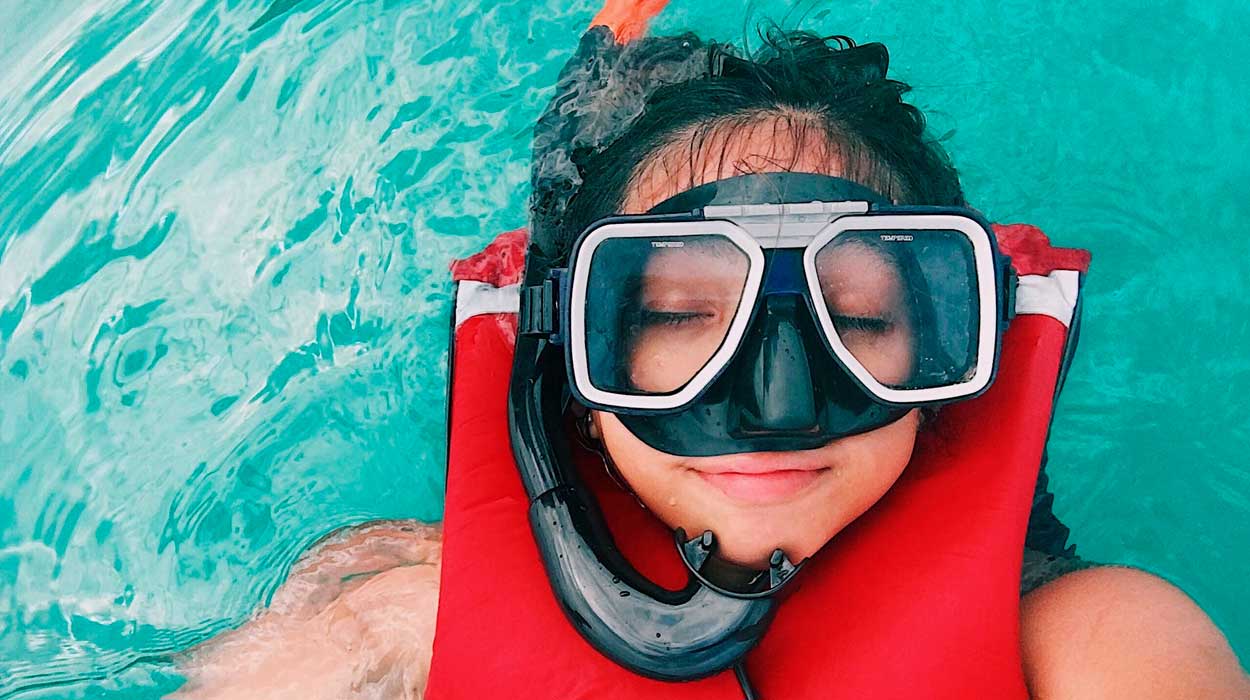
To start, let’s provide a brief explanation of snorkeling. It involves swimming near the water’s surface while wearing a mask, snorkel, and fins. This equipment enables you to peer beneath the water’s surface and marvel at the captivating underwater realm. Additionally, you can attempt to dive as deep as your breath allows. For safety, it is advisable to wear a life jacket, and certain places like the Isla del Cano biological reserve even mandate their use.
I often come across inquiries from tourists regarding the permissibility of snorkeling independently in Costa Rica, and whether it is potentially illegal. Apparently, there is some circulating misinformation on the internet suggesting that snorkeling without purchasing a tour is prohibited. Rest assured, this is completely baseless, and there is no need for concern. You are free to snorkel with a mask and snorkel in all tourist-accessible areas where water entry is permitted. Another common query pertains to the likelihood of encountering fascinating marine life and the visibility conditions. So, let’s explore the top snorkeling spots in Costa Rica.
As mentioned earlier, snorkeling offers a wonderful opportunity to observe underwater marvels without the need for deep dives. Often, a simple act of submerging your face in the water allows you to witness breathtaking sights. Equipped with a snorkeling mask, you can immerse yourself in the captivating underwater world.
Costa Rica boasts a long and enticing coastline, yet not all parts are easily accessible for snorkelers. The Caribbean region, in particular, remains relatively undeveloped, making it challenging to access most locations. However, you can relish in serene beaches and magnificent vistas. Keep in mind that organized snorkeling tours are not widely available in the Caribbean region.
On the Pacific side, you’ll discover numerous destinations that are simply sensational for surfers. The larger waves provide an exhilarating experience on the board. However, it’s worth noting that many beaches in this region may not be ideal for snorkeling.
Fortunately, along the Pacific coast, there are remarkable islands that typically offer superior snorkeling and diving conditions compared to the mainland. During the low season when coastal waters tend to become murky, visiting one of these islands ensures you can still indulge in the wonders of Costa Rica’s underwater life.
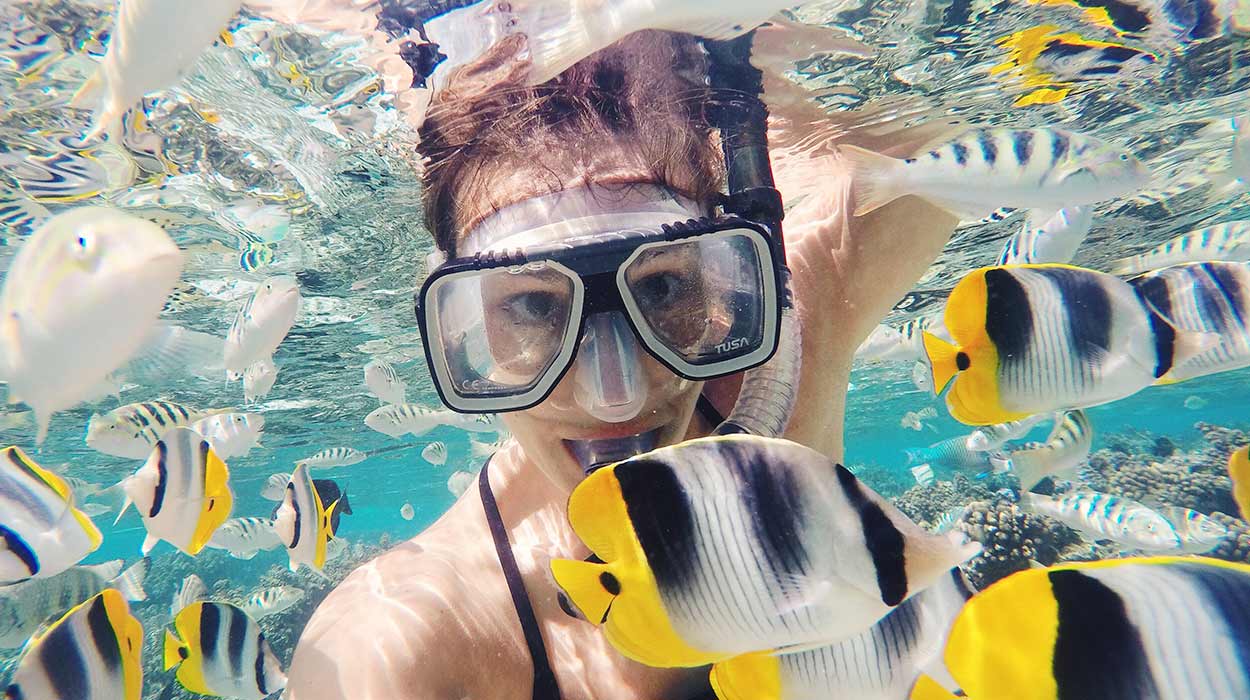
As previously stated, Costa Rica’s Pacific coast boasts greater development and improved connectivity. The renowned “Pan-American Highway” runs parallel to the coast, allowing convenient access to various destinations within a few hours. Nevertheless, this does not imply an abundance of tourists and long queues at every attraction. The Pacific Coast is vast and diverse, providing ample secluded areas even during peak season.
The Osa Peninsula, situated near the border with Panama, belongs to the province of Puntarenas in Costa Rica. This region is known for its stunning beaches and abundant vegetation. It boasts a remarkable array of plant and animal species that cannot be found anywhere else. The area is home to several national parks, including Corcovado, Isla del Caño, and Marino Ballena, each offering snorkeling opportunities. Isla del Caño, in particular, is renowned as one of the finest snorkeling spots in Costa Rica.
Costa Rica is blessed with numerous breathtaking places and impressive islands. One such island is Isla del Coco, which even captivated the legendary Jacques Cousteau, who considered it the best diving destination in the world. However, reaching this island is challenging and costly, as it is located two days away from the coast by sea, despite being part of Costa Rica.
Fortunately, there is excellent news to share. Costa Rica’s second most beautiful island is easily accessible and merely an hour away from Uvita, where our dive base is located. Many visitors who have been fortunate enough to explore Coco Island describe Isla del Caño as its smaller counterpart.
Situated on the west coast in the southern part of Costa Rica, Isla del Caño is conveniently reachable from the town of Uvita. The journey from San Jose typically takes approximately three hours. Once there, you can embark on a boat tour that departs from the beach in Marino Ballena National Park, granting you the opportunity to embark on a snorkeling adventure on Isla del Caño.

Marino Ballena National Park, the first marine park in Costa Rica, safeguards 5,510 hectares of waters and beaches within its boundaries. You may have come across images of the distinctively shaped whale fin beach on the internet – that beach is located within Marino Ballena Park and serves as a remarkable attraction. If you decide to take the “whale fin” tour, it’s important to check the ocean tide level. During high tide, the water level rises significantly, making passage more challenging.
Snorkeling in Marino Ballena is not only possible but also a delightful experience, offering two options for exploration. One option is to swim directly from the beach with a mask and snorkel, allowing you to discover tropical fish hiding beneath the rocks. However, please note that the waves in this area can be quite strong at times, so consider this when selecting your snorkeling spot.
Another highly recommended option is to join a guided snorkeling tour by boat. This provides the opportunity to visit sites that are inaccessible without a boat. Whale Rock, Playa Ventanas, and The Three Sisters are just a few of the locations you can explore while snorkeling from Uvita. For more information about the park, you can refer to the following resource: Marino Ballena Park in Uvita.
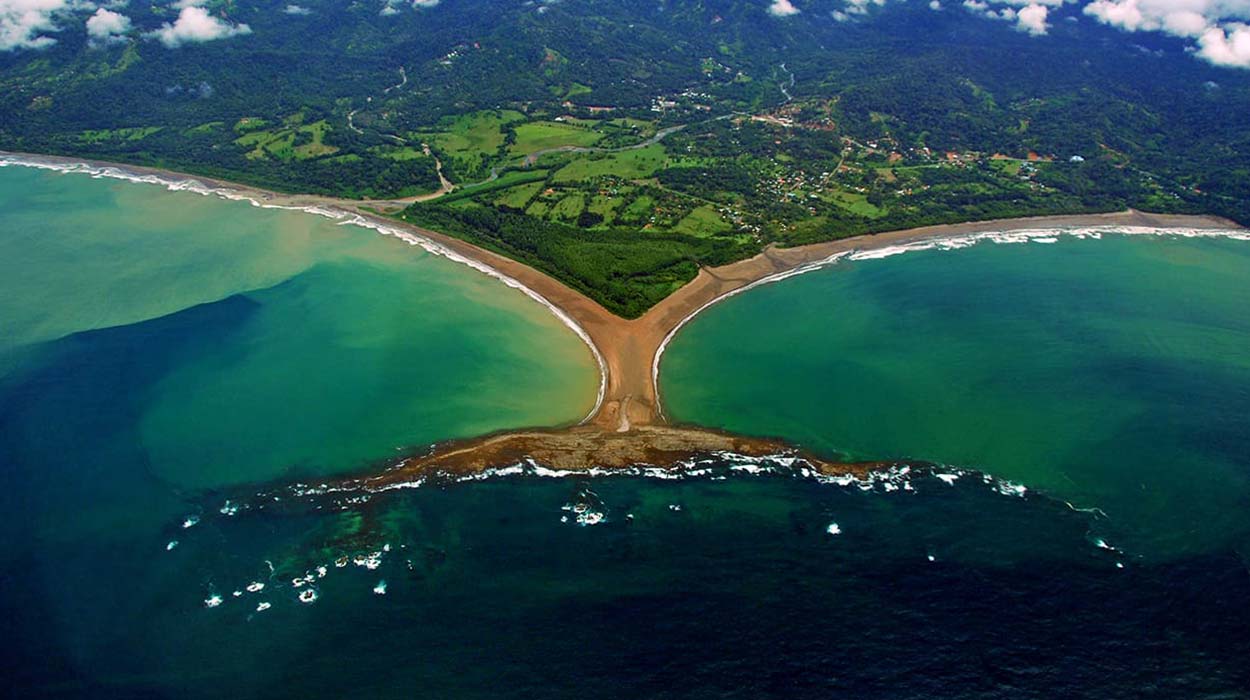
Jaco is a highly popular entertainment destination, renowned for its vibrant nightlife. It is a well-developed area that boasts numerous Western-style stores and restaurants. However, the attractions in Jaco extend beyond its urban offerings. Jaco also serves as a launching point for diving and snorkeling tours, making it an excellent choice for a sun-soaked day.
The snorkeling spots in Jaco are conveniently located just minutes away from the shore, ensuring a quick and enjoyable trip. However, it’s important to note that visibility can be compromised, particularly during the rainy season. In such instances, it is advisable to opt for a snorkeling excursion to Turtle Island, with tours also commencing in Jaco.
When it comes to snorkeling in Costa Rica, excursions to Isla Tortuga are immensely popular. This idyllic island is a true paradise, adorned with pristine sandy beaches and crystal-clear waters. It offers an excellent snorkeling experience, with three sunken wrecks lying beneath the water’s surface. Isla Tortuga is an ideal destination for a day trip, where you can immerse yourself in the underwater world or simply unwind on a tropical beach.
While on the island, you also have the opportunity to embark on inland hikes, allowing you to explore the region’s lush vegetation. Excursions to Isla Tortuga commence from various locations such as Jaco, Puntarenas, and Montezuma. Additionally, you have multiple transportation options at your disposal, ranging from fast boats to larger, slower vessels. The choice ultimately depends on your personal preferences.
Manuel Antonio National Park attracts a substantial number of visitors each year, making it an incredibly popular destination. Within the park, you have the remarkable opportunity to immerse yourself in breathtaking wildlife encounters, with tropical animals often visible at close proximity. Additionally, the park features a stunning white sand beach, further enhancing its allure. Please note that there is an entrance fee to access the park, and to fully appreciate the richness of this place, it is highly recommended to hire a guide. Only with a guide can you discover hidden animals and explore areas that would otherwise go unnoticed.
Before entering the national park, there is another beach worth mentioning, which also serves as an excellent spot for relaxation and swimming. This beach is open to the public, so no entrance fee is required. Adjacent to the beach, there is an unguarded parking lot where individuals are available to watch over your vehicle for a small fee. Manuel Antonio is a highly recommended location for snorkeling in Costa Rica, especially due to its serene and picturesque beach, making it perfect for families. However, it is important to be cautious and avoid venturing too far upstream, as indicated by posted warnings of potential encounters with crocodiles. Nevertheless, staying on the beach itself is perfectly safe. Read more about snorkeling in Manuel Antonio.
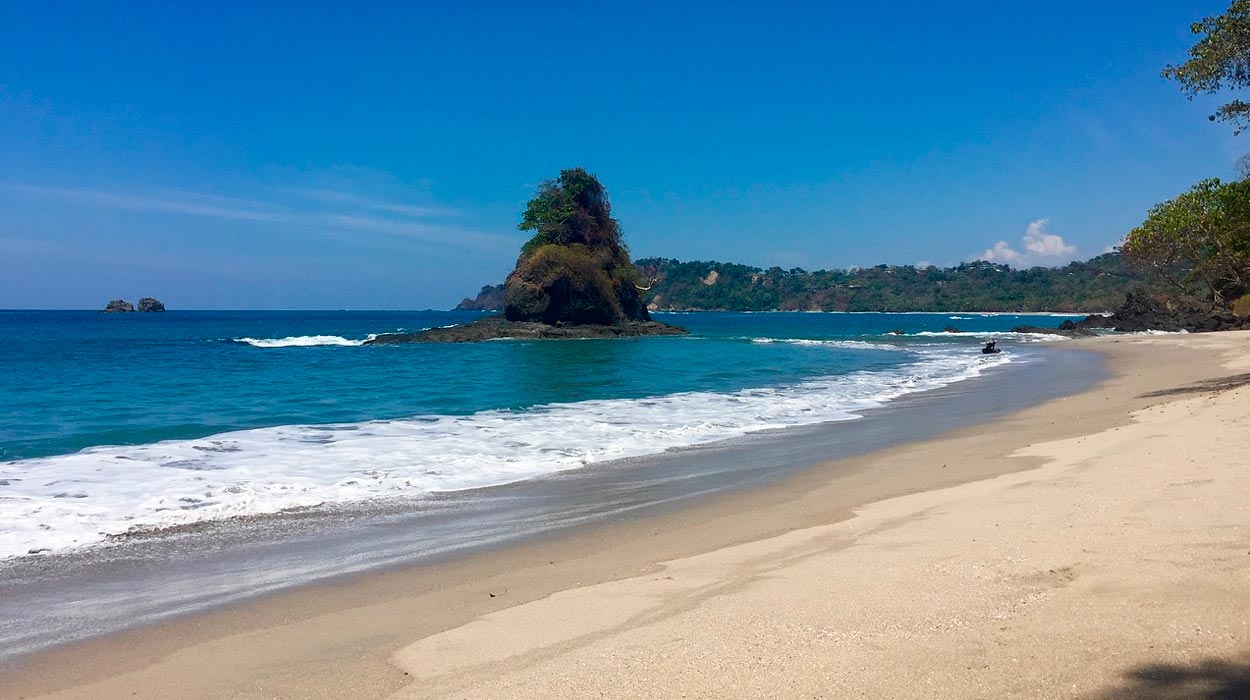
The Guanacaste region is situated along the border with Nicaragua and is recognized as the driest and hottest area in Costa Rica. This means that you can expect ample sunshine during the season, although temperatures can occasionally become quite high. When it comes to snorkeling, you have the opportunity to indulge in this activity anywhere you can access the ocean.
Each beach in the area possesses its own unique characteristics and offerings. If we’re discussing popular snorkeling spots, it’s worth mentioning Catalina Island. This destination features volcanic rock formations that attract an array of sea creatures, making it an excellent location for swimming with a snorkel and mask. However, please note that accessing Catalina Island requires transportation by boat, so you will need to seek out an organized snorkeling tour for this particular excursion.
The contrasting charm of Costa Rica’s Caribbean coast sets it apart from the Pacific coast. With a less developed and more untamed character, this region showcases a distinct array of flora and fauna, owing to its connection to the Caribbean Sea. Snorkeling along the Caribbean coast provides an enticing option for enjoying a hot day. Now, let’s explore the top snorkeling spots in this area.
Cahuita National Park, situated within the La Amistad Protected Area in Costa Rica, graces the southern coast of the Caribbean Sea in the province of Limón. This national park boasts stunning beaches and captivating underwater coral reefs, making it an exceptional destination for snorkeling enthusiasts.
An additional highlight of Cahuita National Park is its significance as a nesting site for sea turtles. If you happen to be in the right place at the right time, you may witness the enchanting sight of young turtles commencing their life journey. As for reaching the park, if you have access to a personal vehicle, the journey from San Jose will require a few hours. However, using public transportation may prove to be time-consuming.
Situated along the southern coast of the Caribbean Sea, near the border with Panama, lies the expansive Gandoca Manzanillo Wildlife Refuge. Encompassing over 5,000 hectares, this refuge safeguards the pristine waters of the Caribbean Sea, as well as lush jungle and mangrove ecosystems. On the Caribbean side, it stands out as one of the most sought-after destinations for snorkeling enthusiasts.
Within this remarkable refuge, you can encounter an array of captivating marine life, including turtles, manta rays, dolphins, lobsters, and toucans. The stunning coral reef is home to numerous species of tropical fish. Despite its remote location, Gandoca Manzanillo Wildlife Refuge comes highly recommended, often regarded as the premier snorkeling and diving spot on the Caribbean Coast of Costa Rica.
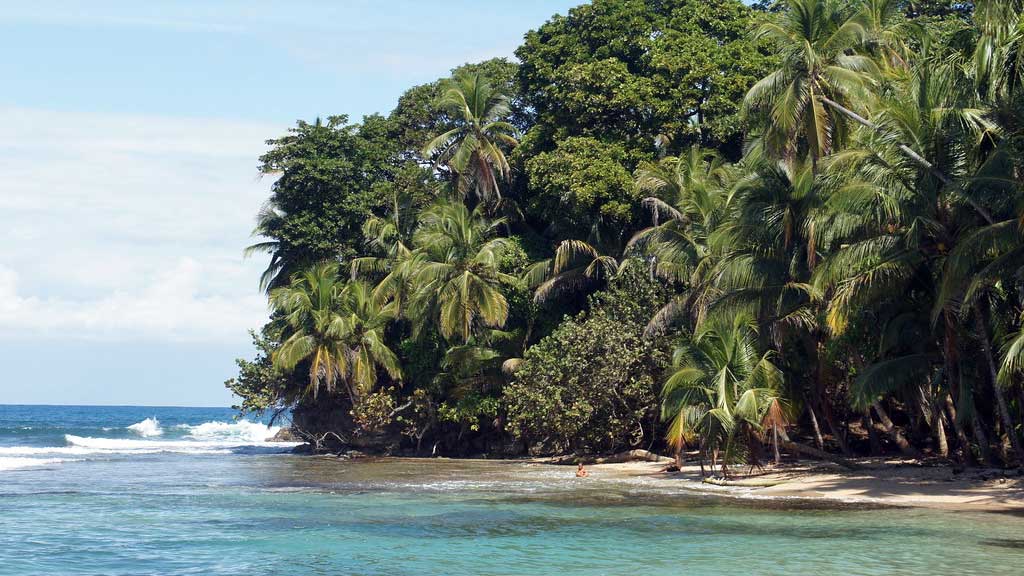
Uvita, a town situated along the Pacific coast, and Uvita Island are two distinct locations with their own unique characteristics. While Uvita Island is found near the city of Limon, it too boasts intriguing snorkeling spots. The waters surrounding the island are home to two sunken shipwrecks, which add an intriguing allure to the area. Additionally, Uvita Island holds a renowned legend, claiming it to be the supposed anchorage of Christopher Columbus’ ship, adding a touch of historical fascination to this captivating place.
The tourist season in Costa Rica extends throughout the year, although the seasons exhibit variations. During the rainy season, underwater visibility tends to be reduced, making it advisable to visit Costa Rica during the driest months. It is during these months that the ocean remains calm, providing optimal conditions for snorkeling. For the Pacific side, the period from December to May is generally regarded as the best time for snorkeling. On the Caribbean side, September and October are considered ideal months for this activity.
Water temperature varies depending on the specific location where you plan to go snorkeling. In the Guanacaste region, characterized by its dry and hot climate, the water unfortunately tends to be quite cold. In such cases, it is recommended to consider wearing a wetsuit. Conversely, in Isla del Cano, the water temperature often exceeds 30°C (90°F), providing a warm and comfortable experience.
As previously mentioned, snorkeling in Costa Rica does not require complex equipment. A basic set consisting of a mask, snorkel, and a pair of fins is all you need. When booking an organized snorkeling tour, the rental of this equipment is typically included in the price. If you have any uncertainties, it is advisable to inquire with the tour operator regarding the specific inclusions.
On the other hand, if you prefer to explore the beaches independently, it is worthwhile to invest in this essential equipment. Manufacturers continuously introduce new products and innovations to enhance water recreation, but you do not necessarily need sophisticated or expensive gear to enjoy snorkeling. It is difficult to determine the best set for you as it depends on personal preference. However, I can provide a few guidelines to consider when selecting your equipment.
Are you considering this as a short-term purchase for occasional use, or do you intend to go snorkeling more frequently? If you’re on a brief vacation and only plan to try snorkeling a few times, investing in expensive equipment may not be necessary. In such cases, I recommend purchasing a simple and affordable kit that you can easily give away to someone at the end of your vacation.
On the other hand, if you intend to take the equipment home and engage in snorkeling regularly, I suggest opting for a higher-quality kit. While it may come with a higher price tag, the materials and construction will be superior, ensuring durability and longevity of use.
Or, to put it differently, should you choose a full-face mask or a traditional mask? In recent years, there has been an influx of snorkeling masks on the market designed with innovative features. These masks often cover the entire face and incorporate an integrated snorkel. You may have come across such masks in sports stores.
The purpose behind these masks is to enhance the ease and comfort of snorkeling. In the past, masks were typically used that only covered the eyes and nose, leaving the mouth exposed. It’s important to note that masks designed specifically for snorkeling are not suitable for diving. Therefore, if you plan to pursue a diving course in the future, you will need to acquire a separate mask. This raises the question: which mask should you choose? Here’s my advice.
If you have intentions of progressing to become a diver down the line, I recommend investing in a high-quality snorkel mask. This way, you can utilize it for snorkeling and later, during your scuba diving training, you will already have a tested and properly fitted mask. However, if you do not intend to pursue diving, you might consider purchasing a comfortable full-face mask.
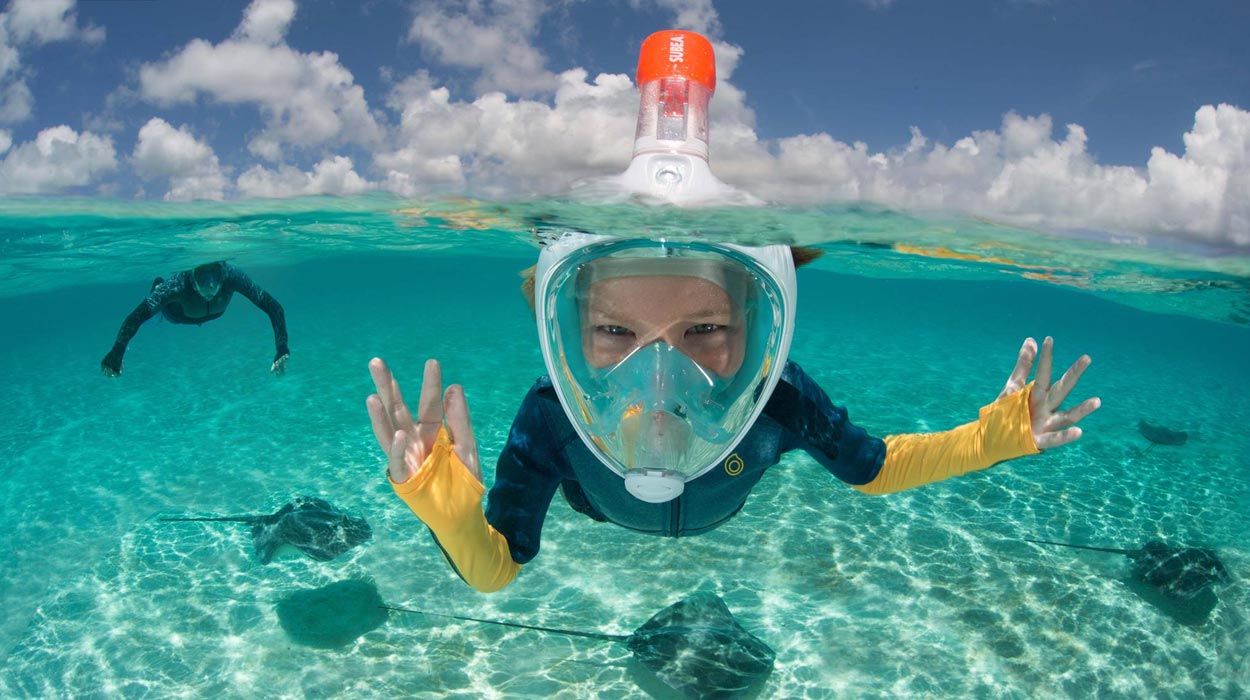
One drawback of snorkel gear is the need to carry it with you. If you’re embarking on a trip and anticipate snorkeling only a few times, it may not be worthwhile to bring the entire kit along. In such cases, it would be more convenient to rent the necessary equipment on-site. Additionally, keep in mind that the cost of a snorkeling excursion often includes the rental of required gear, so it might not be necessary to bring your own kit.
It is crucial to remember that snorkeling is an activity that takes place in the water, and although it offers breathtaking views, it is important to be aware of potential hazards and take necessary precautions. Please read the following instructions attentively, as prioritizing safety is paramount. You wouldn’t want to cut your vacation short due to an avoidable incident that could have been prevented by adhering to simple safety guidelines, would you?
Snorkeling is a relatively accessible activity that can be enjoyed by individuals of various ages. While it does not require any special skills, the comfort level of swimming with a mask on your face and a snorkel in your mouth can be subjective. Initially, it may feel unfamiliar as breathing through a plastic tube is not a natural experience for humans. However, with practice, you will quickly adapt, and the opportunity to observe the mesmerizing underwater world will become a rewarding experience.
As previously mentioned, snorkeling is suitable for both adults and children, with a few considerations to keep in mind. If you plan to embark on an offshore excursion, like our Isla del Cano trip, it is important to assess the comfort of young children or elderly individuals during an extended boat journey.
Alternatively, snorkeling from the beach, such as at Marino Ballena National Park, can be a viable option. Generally, individuals from the age of 5 are welcome to join our trips, with minors accompanied by an adult. Should you have any inquiries regarding this matter, please feel free to reach out to us.
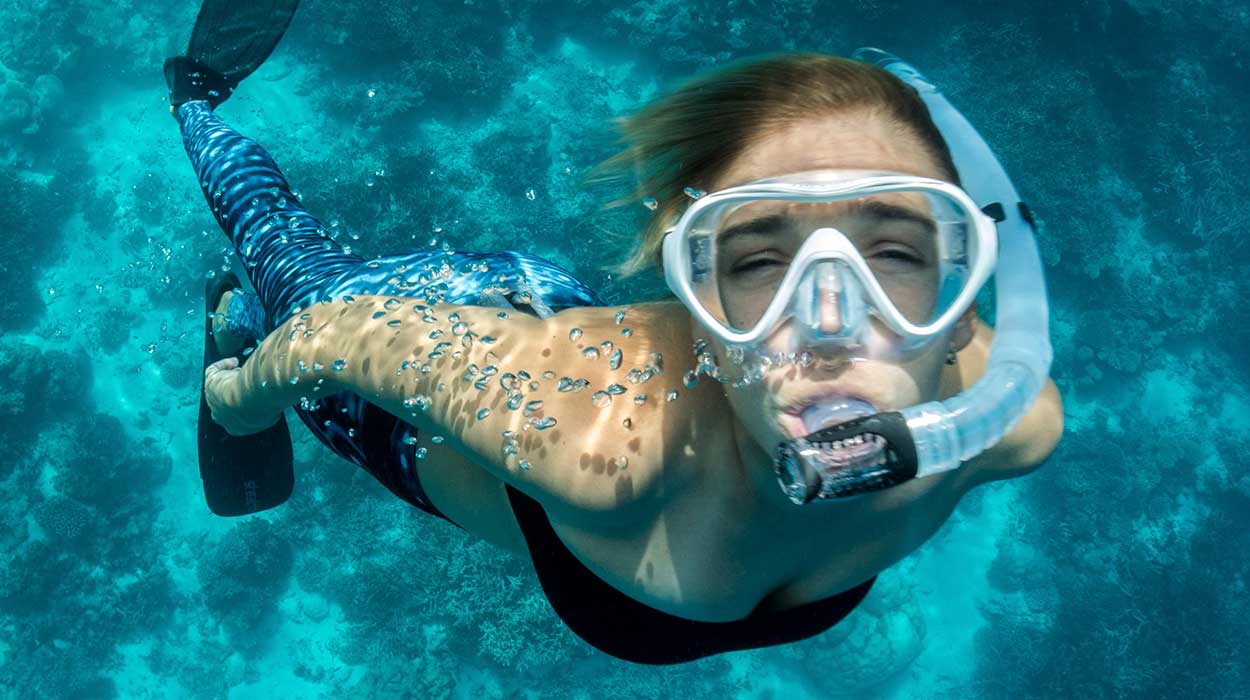
Snorkeling is often regarded as a stepping stone towards scuba diving, and there is some truth to this statement. While snorkeling allows you to witness remarkable underwater sights, it does have its limitations when it comes to accessing certain areas. If you aspire to explore more inaccessible places and delve deeper into the underwater world, pursuing a scuba diving course would be a suitable choice.
However, it’s important to highlight that snorkeling itself is an enjoyable and fantastic way to spend time with your family. Even as a scuba diving instructor, I frequently immerse myself in the water with just a mask and snorkel to appreciate the incredible wonders of nature from the water’s surface. And that is precisely what I wish for you on your journey to Costa Rica. Take the plunge and relish the experience!
My life has always been linked to sports commonly considered extreme. I once fell in love with big wall climbing, just as I am now in love with scuba diving. I climbed mountains, explored caves and took part in exploration expeditions. Through these experiences, I saw a large chunk of the world and learned a lot. Now I have been a professional diver and a scuba instructor for many years, and Costa Rica has become my second home. Check also my expedition project: @goexplorewith.me
Do you have a good insurance?
Accidents can happen even in paradise and that sucks. That’s why it’s so important to have good insurance to keep you covered under and above the water.


